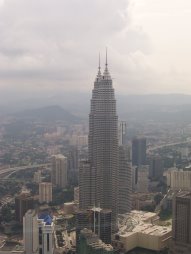There are FOUR basic methods of production:
- Job production
- Batch production
- Flow production/mass production
- Just in time production
Job Production
Job production: one single item is made at a time, eg a ballgown for the Queen. The ballgown will be made to the Queen's specification. This is usually a one-off order that may be repeated at a later stage.
Job production is always very costly as it requires highly skilled workmanship and expensive materials.
Advantages of job production
|
Disadvantages of job production
|
|
Batch Production
Batch production: similar items are made in blocks or batches. This could happen on small scale or large scale. The manufacture of the England rugby team jerseys is an example.
Other examples are: school uniform, construction of similar houses for a new development.
Advantages of batch production
|
Disadvantages of batch production
|
|
|
Mass Production/Flow Production
A large quantity of the same product is made at a high speed, and as cheaply as possible. A good example is the manufacturing of television sets. Other examples are a clothing line for a departmental store, toys, canned food etc.
Advantages of mass production
|
Disadvantages of mass production
|
|
|
Just in time production
Just in time production (JIT) is applied when stocks of raw materials are kept to a minimum.
The aim is to get the raw materials just in time when they are needed for the production process.
Advantages of JIT
|
Disadvantages of JIT
|
|
|





No comments:
Post a Comment